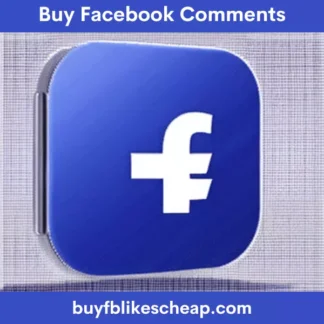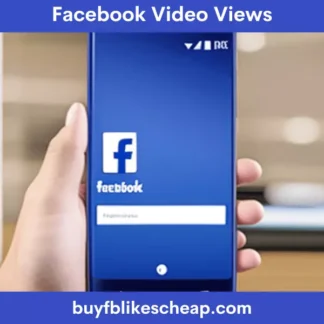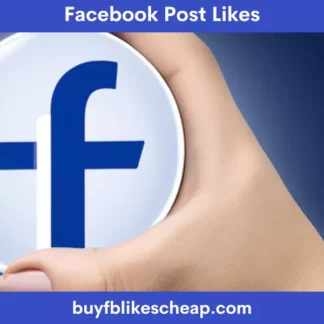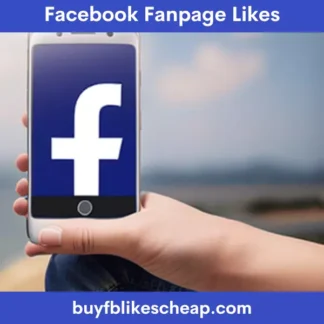All marketers have no doubt noticed that the organic reach of corporate content is on the decline. Facebook CEO Mark Zuckerberg confirmed the changes to News Feed in 2018: Facebook will focus on connecting people and prioritize posts from our loved ones.
What is displayed in the Facebook feed is determined by a very sophisticated algorithm (Brandwatch has done a great job of explaining the Facebook algorithm and the principles behind it). Behind the scenes, the algorithm sorts through all available posts and creates a unique results wall for each Facebook user. But how does the algorithm actually work, and how can you make it work for you?
How does the Facebook algorithm work?
According to vice president of News Feed at Facebook, the goal is to show the most relevant stories to users. If we see relevant content, we will engage with Facebook longer and use it more often.
Four key News Feed factors determine what is displayed: Repository, Indicators, Predictions, and Overall Score.
The repository is where Facebook scans all content: posts from your friends and family, but also content that is outside of your network.
Flags refer to all the characteristics of a specific post and the page that publishes it. What kind of content are your friends talking about? How long have people been looking at a post? What about the number of likes? Has anyone shared or commented on it?
Although Facebook won’t reveal the exact details of its secret formula, the metrics are the part advertisers should really dig into; what are the indicators of a successful post? Can we recognize any pattern? How do we increase these indicators?
After analyzing the indicators, Facebook’s predictions determine how likely you are to enjoy the post. The analysis is based on your history and the type of content you have consumed before.
All features and indicators lead to an overall score that is unique to each user. The score can be likened to a school score: the higher the grade of the post, the more likely it is to appear in your news feed.
How to increase organic reach and beat the Facebook algorithm?
As the reach of organic posts dwindled, many marketers turned to paid posts.
Advertising offers a quick fix to reach a larger audience, but it may not be a long-term solution for your brand. In the age of mobile devices, the space available for ads is limited, and fierce competition drives up prices.
How to make sure your branded content appears on users’ walls?
Despite the complexity of the algorithm, the answer is quite simple: create content that inspires your audience to like and comment, thus engaging them in creating content that mentions your brand.
The more people engage with your posts and create others that mention your Facebook Page, the more people will see your brand in their feed. The number of positive indicators increases.
How to increase the number of positive indicators? We’ve put together 8 tips to help you increase your Facebook organic reach:
- Create content to share
- Post visual content that provokes emotions
- Show Facebook posts on your website
- Join and create Facebook groups
- Respond to comments on your posts and keep conversations going
- Involve your followers in creating content
- Create an influencer marketing campaign
- Post videos
- Learn from the behavior of your own personal feed
1. Create content to share
The ultimate goal of your Facebook activity should be to increase conversions. However, without shareable and engaging content it will be difficult to grow your numbers.
Shareable content and more interactions will help your content show up more frequently in users’ news feeds. But it also allows Facebook to determine what kinds of people enjoy your content. This data can be used to retarget the same content to Facebook Lookalike Audiences.
So what makes content shareable? What are the key ingredients of the content being shared? To answer your questions, I suggest you start with one of our 13 tips for creating shareable content.
2. Post visual content that provokes emotions
You may have seen that an image often provokes more interactions and emotions than a text post. This observation is backed up by data, as research by Buffer suggests that tweets with an image receive 18% more clicks and 150% more retweets than tweets without visual content.
Another quick tip to increase reach even more is to ask your audience to respond with an emoji. Facebook prioritizes reaction emojis over classic likes. Yes, even the angry face.
By stimulating feelings of love, joy, surprise, sadness, or even anger, you’re on the right track to increasing your reach.
3. Show Facebook posts on your website
All companies have a website. If you spend time and money creating content for social media, make sure you integrate a social media feed on your website. People who visit your website don’t necessarily follow you through social media, and a fresh content feed on social media keeps them engaging with your website longer, drives traffic to social media, and increases the number of clicks. Followers, likes and comments.
Integrating a Facebook feed into your website is incredibly easy with tools like Flockler. All you have to do is connect your Facebook account and select which Facebook page you would like to display. Here’s a one-minute video showing you how it works:
In addition to Facebook Page posts, you can effortlessly create a mix of social media content from various channels. Here’s the full list of supported social media channels and content types.
4. Join and create Facebook groups
Have you already created a Facebook group for your business?
Facebook has announced new functionality that allows Pages to join and create new groups and has selected this feature as one of its key areas of development. At least for now, the reach of Facebook group content is greater than page content.
How about starting with a closed group for your most loyal followers and customers?
5. Respond to comments on your posts and keep conversations going
Facebook prioritizes posts that engage others to comment, and there’s a simple recipe for increasing the numbers: ask your audience to comment, then respond with a follow-up question!
Regardless of whether a comment includes a question or not, always reply as soon as possible and try to keep the conversation going. Be a proactive participant and ask your fans to write an original comment. Your example will encourage others to comment as well.
6. Involve your followers in creating content
Many marketers believe that creating a user-generated content campaign is only viable for big brands.
Actually, there aren’t many companies out there that can’t make a successful UGC campaign.
You should just follow these steps:
- Reach out to your most loyal customers and create some sample posts together. Let the content show how your customers enjoy your products and services.
- Show posts on your site and include a call to action to encourage others to post as well.
- Disseminate and share the best content on your social channels. Gather and display your social media feeds on your website as well.
- Reward some of your most active and influential followers with additional products and services that further increase the value you bring to your customers.
7. Create an influencer marketing campaign
Have you ever created an influencer marketing campaign?
Many brands sponsor an athlete, celebrity, or local sports team in offline campaigns, and the same is true in the digital world, where social media users with large followings are the focus of influencer marketing campaigns.
However, creating an influencer marketing campaign with superstars is not the only option. Influencers are often closer than we think, and the total number of shares from a broader community can exceed the level of engagement of a campaign with a superstar.
8. Post videos
I know that this seems to encourage you to travel back in time and to the marketing conferences of a few years ago, but on Facebook, video is king.
This is not just because users love videos. It’s because, along with Instagram, Facebook is trying to challenge YouTube and become the most important video search and consumption engine. As a marketer, it’s essential to understand the goals of each channel to make an informed estimate of what type of content will be prioritized in the long run.
A quick note! Even if you love videos, posting content in different formats is recommended; use images, links, carousels, videos and all the formats that Facebook offers you. The algorithm will appreciate the variety.
9. Learn from the behavior of your own personal feed
And last but not least: log in to your personal Facebook account from time to time and analyze what kind of content works best and generates more interactions within your network to discover new trends. And it is very likely that you will notice some of the points that we have seen in this publication. Just keep in mind that the feed you see is unique to you.





